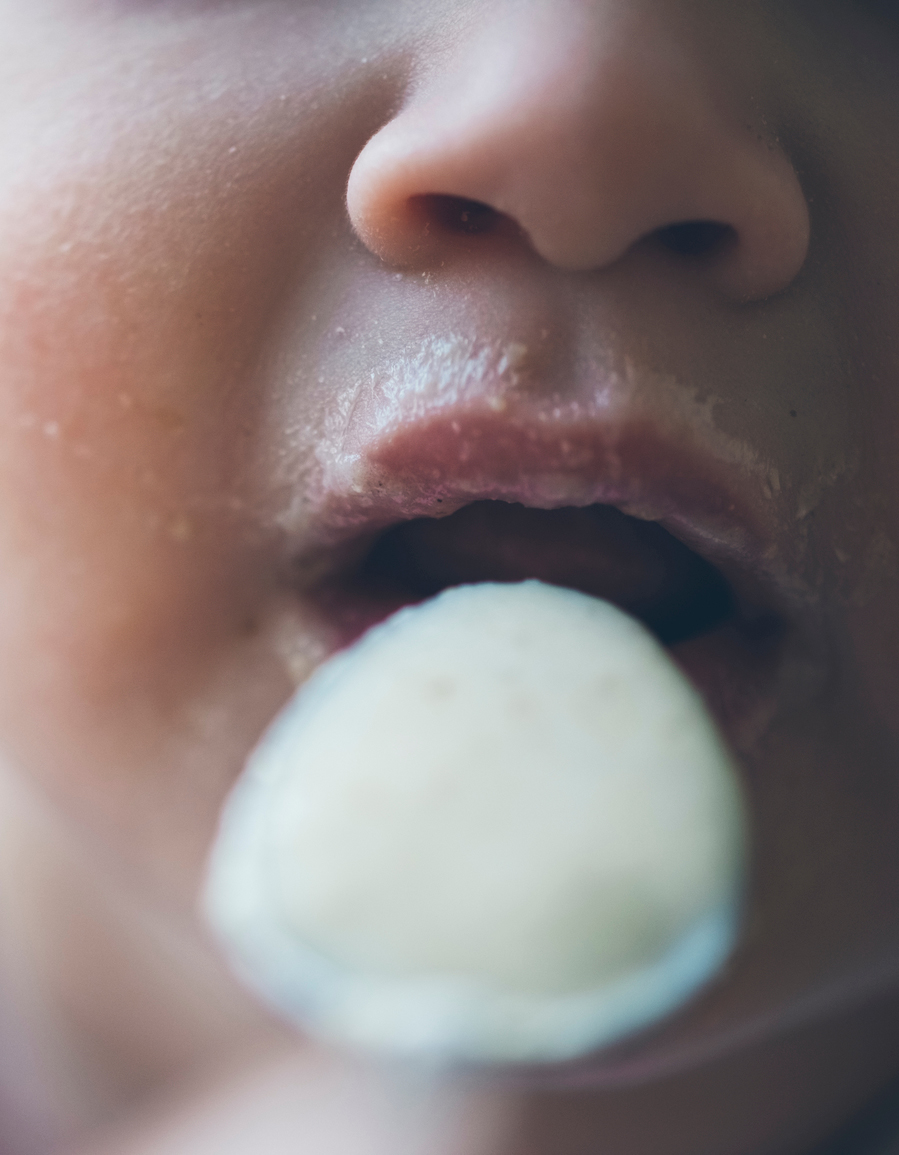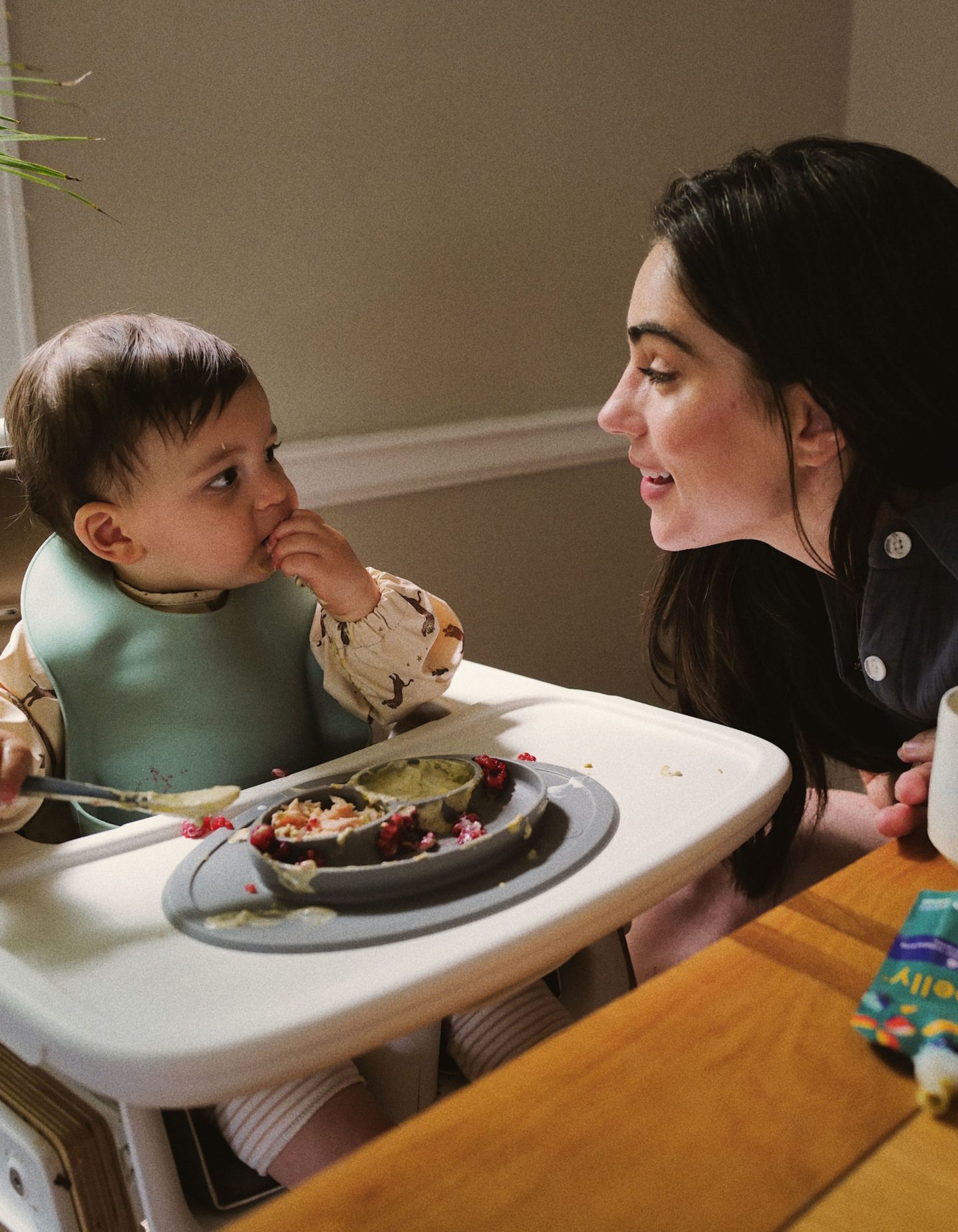Based on the overwhelming success of Emily Nolan’s original story discussing the 6 Ds of preventing and managing food allergies , we thought we’d bring you another one. Here, Nolan interviews Stanford University’s medical research doctor and pediatric immunologist Dr. Tina Sindher, who breaks down how the 6 Ds impact child health and the ability to develop a healthy immune system.
The 6 D’s: Part Two
Emily: What are the 6 Ds as a guide to preventative measures for developing food allergies, and how do these “Ds” help our children with food and environmental allergies?
Dr. Sindher: The old saying “prevention is better than the cure” holds true for food allergies. My colleagues and I use the so-called six Ds as a guide to preventative measures during childhood: diet, dirt, dogs, dry skin, detergents and vitamin D. Studies have found that people have a lower risk of developing an allergy when, as youngsters, they eat a diverse diet and do so often, have healthy vitamin D levels, live in a home with a dog, avoid dry skin and are exposed to dirt, allowing them to develop a good microbiome. The use of harsh detergents has also been associated with an increase in IgE.
Emily: In the article, “Food allergies could soon become a thing of the past – here’s why,” Dr. Nadeau, says, “We have yet to get to the bottom of why the body sometimes sees harmless substances in this way, but we now know much more about stopping this process from happening in the first place.” I’m curious, for children who are already severely or even mildly food or environmentally allergic, would these 6 Ds still act as preventative measures and possibly help them grow out of their allergies?
Dr. Sindher: These measures may have protective effects but we still do not know how to prevent allergy completely. There are also genetic factors that play a role that place some individuals at higher risk. To better understand these factors we are embarking on the SUNBEAM study and the SEAL study. The SUNBEAM study is a large study where we are enrolling pregnant mothers and following the mother, father (if interested) and child for up to 3 years of age. During this time we are collecting samples as well as questionnaires to understand diet, microbiome, skin features, allergy sensitization, etc to see what factors may be more associated with the risk of developing food allergy later in life. In the SEAL trial, another multi-center large NIH sponsored trial – we are enrolling babies up to 3 months of age with dry skin. In this study we are trying to understand whether aggressively managing dry skin can have an impact on long-term development of food allergy.
Emily: It seems like we should want outdoor environments for our children as much as possible, and encourage them to live “dirtier” to increase gut health and immunity with Vitamin D and dirt, but oftentimes it feels like children with mild to severe food allergies thrive in sanitary environments. This feels contradictory, so I’m wondering, what lifestyle would you recommend to a parent of a child trying to prevent food and environmental allergies? Do you have any research to support this?
Dr. Sindher: Each individual’s immune system is on a balance between Th1 or the tolerogenic arm on one side and Th2 or allergic arm on the other. The Th2 arm of our immune system helps us fight off parasites but is also a major driver of allergic conditions. We have found that those who develop allergic conditions have a Th2 skew in their immune response and they are more prone to develop allergic conditions. Once someone has already become allergic, unfortunately, there’s no way that we know of yet to turn back the clock and become “un”allergic. We can take steps to support their symptoms and minimize them but unfortunately can’t prevent the allergic process. With immunotherapy such as oral immunotherapy for food allergy and allergy shots for environmental allergy, we help restore that balance a bit. In individuals who are prone to allergies, relocation may help them temporarily but they may find a new allergen to become sensitized to.
In food allergic individuals where even a small amount of allergen can trigger a life-threatening response, sanitary environments are definitely helpful to prevent reactions. Also in areas where there is a large amount of pollution or wild-fire smoke, being outside can do more harm than good. In some individuals where their pollen allergy can trigger an asthma flare, then being outside during their allergy season can do more harm than good. So there is no single recommendation that is right for everyone. But yes, when we talk long-term, being outside has a myriad of health benefits so it’s definitely worth building into our routine when possible, but each individual needs to weigh their own risk profile and think through the risks and benefits.
Emily: How much of what we do can impact our child’s health? For example, I’ve read that 70-80% of our immune system is controlled by lifestyle, diet, and environment. What are the biggest drivers and most important choices we can make that will impact our child’s health?
Dr. Sindher: We don’t yet have an answer to that but through our SEAL and SUNBEAM trials we are attempting to answer just that.
Emily: After a recent interview with Board-Certified allergist Dr. Courntey Blair, I learned of Dr. Ciaccio’s research on atopy and the link between IgE-mediated allergies and our microbiota. From what I understand, Dr. Ciaccio’s research states that food allergies are established and are growing rapidly because of a “generational loss,” among other drivers. For example, how often my son’s grandparents and parents have taken antibiotics and fever reducers and how clean our environment is can affect the flora and fauna of the next generation. As we know, gut health is directly linked to our immune health. I want to know, can we reverse the generational loss and restore flora and fauna in the microbiome for our children now? What about reversing the loss for future generations? How can we do this?
Dr. Sindher: I’m so happy to hear you mention Dr. Ciaccio’s research. She is a friend and a co-principal investigator of the SEAL trial that I mentioned earlier. A diverse diet rich in fiber and low in processed sugars may be our best recourse in preventing loss of our microbial diversity and potentially restoring it long-term.
And in conclusion…..
Being a parent is so rewarding and enriching but it can be really exhausting and challenging. We’re forced to learn and apply things we never imagined (or wanted to do) when we initially pictured life with a baby. Preventing, navigating, and managing food and environmental allergies definitely was not on my Pinterest board. But the investment of time and energy to learn how to do it was so worth it.
Just by being here and finishing this article, you are doing a great job! Let me say it again, you are doing a great job! Keep it up. Sending you all my love, hugs, and support. You’ve got this.
*Although the information inside Preventing Food Allergies in Baby comes from top doctors, leading experts, and thought leaders around the world, it should not be considered medical advice. Emily Nolan is not a medical professional, and the professionals you hear from in this ebook may not know your child. Health concerns related to food and environmental allergies and sensitivities are unique to every individual. You should always consult a qualified medical professional when making decisions that may impact you or your child’s health and well-being.




